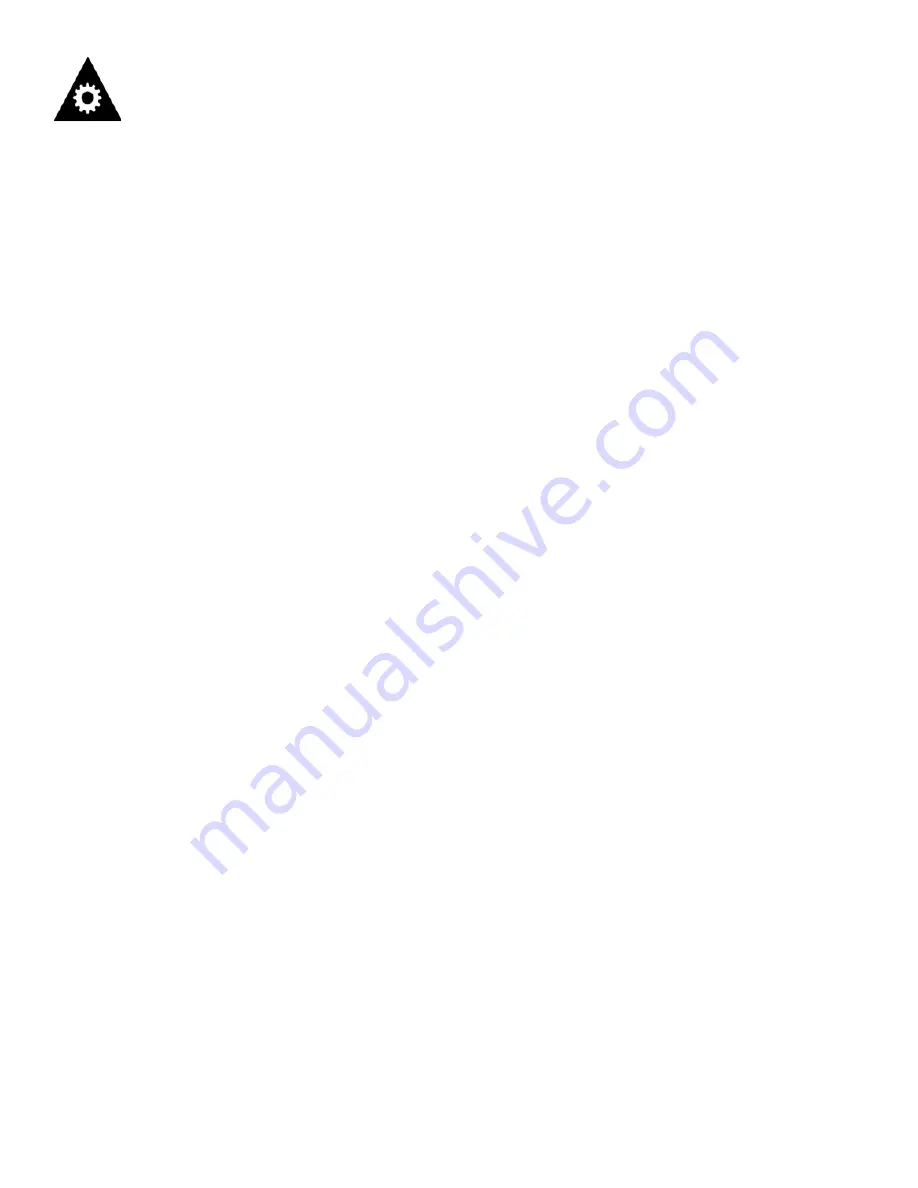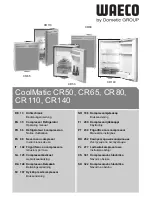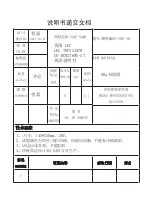
DEFROSTING YOUR APPLIANCE
•
Proper use of the appliance, adequately packed food, correct temperature and taking into account hygienic precau-
tions will substantially infl uence the quality of freezing the food or storing of the frozen foods.
•
This compartment is designed for the short-term storage of frozen food.
•
The storage life of frozen foods varies and the recommended storage time should not be exceeded.
•
Pre-packaged commercially frozen food should be stored in accordance with the frozen foods manufacturer’s instruc-
tions for a three star frozen food storage compartment or home freezer.
•
Place frozen food into the freezer as quickly as possible after purchase. If there are instructions on the package,
carefully follow these instructions regarding storage times.
•
Carefully select food you intend to freeze, it should be of adequate quality and suitable for freezing.
•
Use correct packaging and wrap it tight.
•
The packaging should be airtight and shouldn’t leak since this could cause substantial dehydration of foods.
•
Foils and bags should be soft enough to tightly wrap around the foods.
•
When preparing foods to be frozen, take sanitary precautions.
•
Mark packages with the following data: kind and amount of food and the date of loading.
•
It is extremely important that the food is frozen as quickly as possible.
•
If the loading amount is too large, the quality of freezing is reduced which affects the quality of frozen foods.
FREEZING FRESH FOODS
For most effi cient operation and minimum energy consumption, defrost the freezer compartment when the frost on the
appliance walls is excessive or 1/4 inch / 3-5 mm thick (see instructions below). There is no need to defrost the refriger-
ator compartment, because ice build up on the inner back wall is defrosted automatically. Ice may deposit on the inner
back wall during the compressor operation; later on, when the compressor is not operating the ice will defrost and the
water drops collect and drain through the outlet in the inner back wall into the drain pan situated above the compressor,
from where it evaporates.
Caution:
Do not use boiling water because it may damage the plastic parts. In addition, never use a sharp or metallic
instrument to remove frost as it may damage the cooling coils and will void the warranty. We recommend using a plastic
scraper if necessary.
•
Reset the thermostat to the “0” or “Off” position and disconnect the power supply.
•
Remove the frozen food from the appliance and place it in a cooler to protect the food.
•
Leave the door open for a while so that you can easily remove the frost.
•
Use a plastic scraper but be careful not to damage the inner surfaces of the freezer.
•
Wipe up the scraped off frost and ice before it is completely defrosted.
Operating Instructions
FOOD STORAGE SUGGESTIONS
Fresh Food Compartment
•
Never cover food compartment shelves with aluminum foil or any other shelf covering material which may prevent air
circulation.
•
Always remove porous store wrapping paper from meats, poultry and fi sh. Meats should be wrapped individually and
placed in a dish for storage. Wrap fi sh and poultry in foil or heavy waxed paper. Most fi sh should be used the same
day of purchase. Packaged meats such as ham, bacon, dried beef, or frankfurter, store best in their original packag-
es.
•
Allow warm foods to cool to room temperature before placing them in the refrigerator.
•
Always cover open dishes of food, especially leftovers. Use leftovers within 2 or 3 days.
6










































